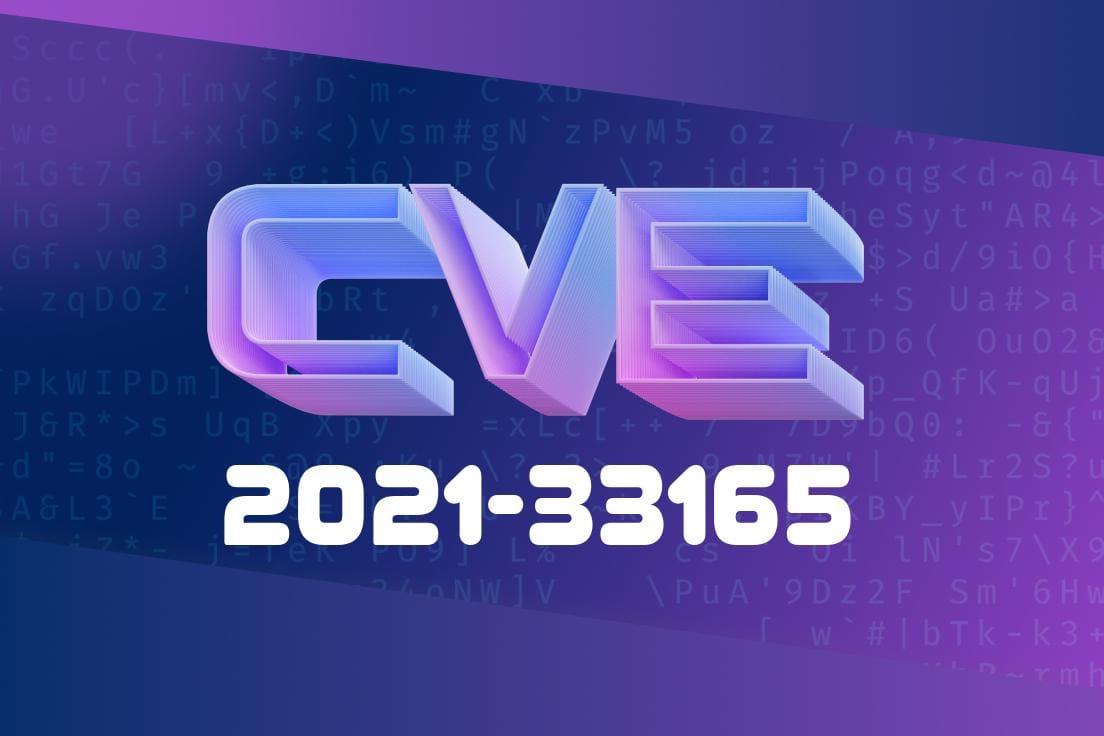---
Introduction
In the world of cybersecurity, not every vulnerability reported ends up as a world-shaking concern. CVE (Common Vulnerabilities and Exposures) numbers get assigned for tracking software bugs that could potentially be exploited. However, sometimes a CVE gets rejected—meaning the issue either doesn’t exist, was reported in error, or is not exploitable. The case with CVE-2021-33165 is one such example, marked with a specific note: “This is unused.” Let’s break down what that means, why this CVE doesn’t pose a risk, and what you can learn from its story.
Original Reference
You can find the official entry for this CVE here:
- CVE-2021-33165 at MITRE
If you visit the page, you'll see its status is “REJECTED” and the only comment is:
> “This candidate was withdrawn by its CNA. Further investigation showed that it is not a completed CVE.”
Why Was CVE-2021-33165 Rejected?
When a vulnerability is found (or thought to be found), it can be assigned a CVE identifier quickly. This is especially common for large bug hunting programs or coordinated disclosure efforts. Sometimes, after further review, the submitters—or the CNA (CVE Numbering Authority, an organization authorized to give out CVEs)—realize:
The identifier was issued by mistake
For CVE-2021-33165, the simple note “This is unused” means one of these scenarios happened. Notably, no package, software, or exploit information is tied to the vulnerability because no actual security risk was found.
No action needed: You do not have to patch or update anything in response to this CVE.
- No exploit exists: There is no proof of concept or code to exploit this issue—because the issue doesn’t exist.
What if You See CVE-2021-33165 in Security Reports?
Sometimes, automated scanners will list CVEs as part of their workflow. If they include this identifier, you can safely disregard it. Still unsure? Look for the “REJECT” status and the “unused” label.
Helpful Code Snippet: How to Filter REJECTED CVEs
If you’re building tools to filter out unwanted CVEs (such as ones marked REJECTED), you could use a simple Python script:
import requests
def check_cve_status(cve_id):
url = f"https://cve.circl.lu/api/cve/{cve_id}";
r = requests.get(url)
data = r.json()
if data.get("summary", "").lower() == "rejected":
print(f"{cve_id} is REJECTED – can be ignored.")
else:
print(f"{cve_id} is valid or pending further info.")
check_cve_status("CVE-2021-33165")
This quick check can help you ensure you’re only prioritizing real risks.
Conclusion
CVE-2021-33165 serves as a reminder that not all vulnerabilities are created equal. Rejected CVEs like this one mean there’s nothing for IT admins, developers, or end-users to worry about. Always verify the status of a CVE before taking any drastic action.
For more on CVE statuses and how to interpret them
- MITRE CVE FAQ
- NVD – National Vulnerability Database
Stay informed, but don’t panic when you see REJECTED entries—they often mean someone double-checked on your behalf!
Timeline
Published on: 02/23/2024 21:15:09 UTC
Last modified on: 09/04/2025 00:40:36 UTC
